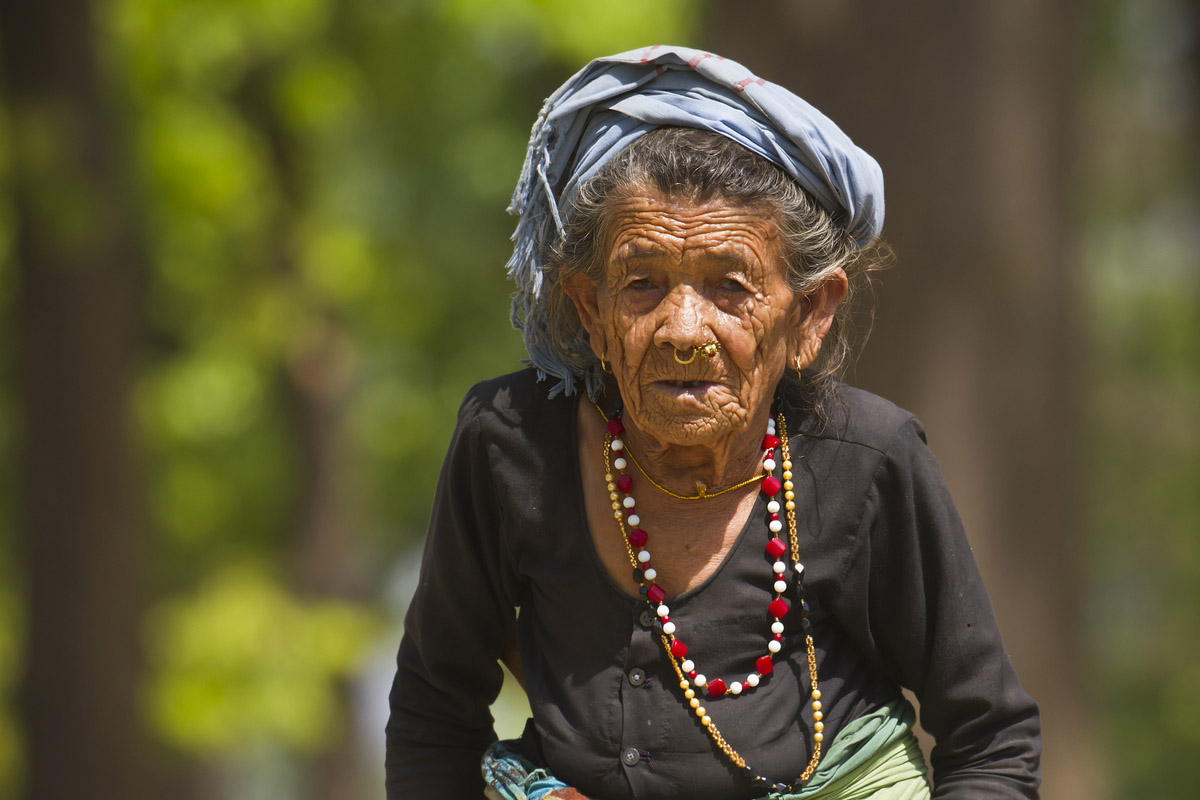“In its simplest form the tribe is a group of bands occupying a continuous territory and having a feeling of unity deriving from numerous similarities in culture and certain community of interests” -Ralph Linton
The tribe has been defined as a group of indigenous people having a common name, language and territory tied by kinship bonds, practicing endogamy, having distinct customs, rituals, and beliefs, etc. In India, we find a large variety of tribes living with inherent modus vivendi of each. The Drugpa, also called as Dukpa is a rare kind of tribe, inhibit majorly the hilly terrain of North Bengal as well as Bhutan and Sikkim. In North Bengal, the area inhabited by the community is a hilly terrain covered with a thin forest of Buxaduar, Chunabhati, Tasigaon, Lepchokha, and Adma. All of these are high altitude villages (more than 2000ft). Our modern civilization is yet to explore the hinterland where the tribal community is at the brink of defunct existence.
The Dukpas are genetically Mongoloid descendents. With the coming of the 16th Gyalwa Karmapa, the spiritual head of the Kurma Kagvu order of Buddhism, a large number of Bhutanese migrated to Sikkim in the early 1960s. The Bhutanese addressed themselves as ‘Drugpa’ or residents of the ‘Dragon Land’ (Drug meaning Dragon and Pa meaning resident). The majority of the Drugpas came from different parts of Bhutan, while a few of them came from the Kalimpong-Darjeeling areas, where their ancestors had settled down from early seventh century AD.
Most of the Dukpas are engaged in agrarian exertion, producing crops ~ rice, gin, cardamom, maize, and millets. Almost every Dukpa family owns land controlled by the family head, which serve as their primary resource. The secondary occupation of the community includes small-scale animal husbandry. Pig, goat and fowl are found almost in every household. The produce is marketed either directly or through a middleman. But, regrettably, the earning from either of the sources is not up to the mark for them.
The family prototype of Dukpa community is patriarchal by nature, but mothers also play a significant role. However, women’s status in social and religious rituals is not very good, and they are usually engaged in household responsibilities.
From the days of yore, the Dukpas have had great skills in wood-carving, carpentry, weaving, etc. But these arts are down-at-heel with the diminishing market. The Dukpa community has had a rich tradition of multitudinous folk tales. However, in recent days, the community seems to have forgotten most of its folklore and folk songs.
Although the Dukpas are chiefly Buddhists, some of them have converted to Christianity, especially in the Adma area. The Dukpas are being attracted to Christianity so as to get some facilities from the Christian community for their survival, and are thus leaving their own religion and identity. The residential places of the Dukpas are so remote and inaccessible that they are deprived of almost all sorts of basic amenities like education, sanitation, health assistance, and pure drinking water. Hospital and other medical facilities have also not reached the Dukpas inhabiting the high and remote areas. Subsequently, they are still mostly dependent on witch-doctors and oracles. The most common diseases are stomach ailments from high mineral content in drinking water, excessive consumption of shoddily cooked meat and chillies, chest diseases ~ especially TB and skin diseases. They also suffer from severe malnutrition. The mortality rate among infants and children is also very high, and it is predominantly because of their reluctance to pay heed to the necessity and importance of personal hygiene. Thus, the Dukpas are grappling with the flagrant anathema of poverty, malnutrition, lack of healthcare facilities, and groping a foothold for their subsistence.
There are a number of tribal communities in the Indian subcontinent. However, the Dupka community is just politically and demographically attached to India. They are still isolated from mainstream society and culture of the nation. A large number of anthropologists have been working on various tribal communities in India, yet surprisingly, very few of them have a comprehensible concept of the Dukpas of Buxa. Moreover, a modicum of efforts and activities has yielded productive results for the development of the Dukpas from either the government or NGOs working on tribal communities. Buxa, with its flora and fauna as well as immense natural beauty, is rapidly turning out to be a popular tourist destination. However, it needs much more improvement to attract a significant number of tourists. The Dukpa community could largely benefit from tourism development, as members could easily find employment as guides and porters for tourists visiting the region.
Buxa is a wonderful place for its natural beauty, but communication and transportation systems need to be improved, while good roads are essential to entice day-trippers. The forest department should take wellplanned manoeuvres to develop the area because the land, inhabited by the community, is within the Buxa Tiger Reserve over which the forest department has its jurisdiction. The Border Area Development Programme (BADP) can also do its bit to adopt strategic actions and deliberative programmes and agendas to ensure the overall development of the area.
The central government, as well as state government, can immediately implement schemes and programmes for the development of the Dukpas, as the community is up to the creek and there is almost no means left for them to bring home the bacon. The future looks bleak for the poverty-stricken community, and the community is inching towards an eclipse. The reality cannot be obfuscated ~ the grim prognostication is if the socio-economic condition remains unaltered, the Dukpas would definitely plunge into the abyss of extinction.












